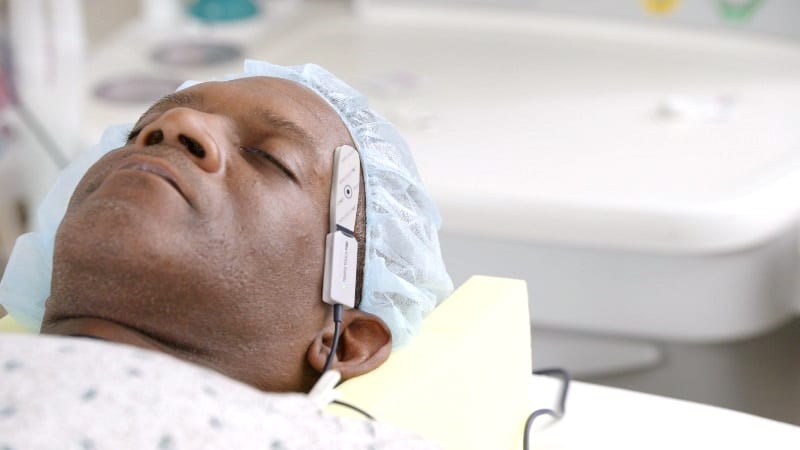The purpose of temperature monitoring is to detect thermal disturbances and maintain appropriate body temperature during anaesthesia. Hypothermia and hyperthermia, which both lead to poor patient outcomes, can only be detected if a patient’s temperature is being monitored.
In addition to creating discomfort for the patient, hypothermia can lead to an increased incidence of associated complications. These include a greater risk of mortality, the need for a blood transfusion, longer hospital stays and an increased risk of a surgical wound infection. These complications also result in increased costs for hospital trusts.
The NICE clinical guideline ‘Hypothermia: prevention and management in adults having surgery’ [CG65] states that in the intraoperative phase a patient’s temperature should be measured and documented before induction of anaesthesia and then every 30 minutes until the end of surgery. Induction of anaesthesia should not begin unless the patient’s temperature is 36.0°C or above, unless there is a need to expediate surgery because of clinical urgency, for example bleeding or critical limb ischaemia. In the postoperative phase, the guidelines recommend the patient’s temperature should be measured and documented on admission to the recovery room and then every 15 minutes. Full details of the NICE guidelines can be found at www.nice.org.uk/guidance/cg65.
Various studies have been conducted worldwide, which highlight the benefits of continuous temperature monitoring during perioperative care. In one case, a patient undergoing right hemicolectomy robotic surgery had their internal temperature checked using the non-invasive Temple Touch Pro™ core temperature sensor.
The Temple Touch Pro™ device was able to detect and correctly represent the phases of patient care in which temperature variations could be measured, from the preoperative phase to the postoperative phases. The sensor was attached near the patient’s temporal artery immediately under the electrode of the BIS monitoring system, without causing interference or operational complications.
During the operation, two episodes of rapid drop in temperature were detected, probably due to a change in terms of perfusion in the vessels. At the end of surgery on the removal of the surgical devices and cleaning of the patient’s skin, the system correctly highlighted a drop in temperature equal to 0.5°C until exiting the operating block. As the Temple Touch Pro™ system can be powered by a USB cable, it was possible to connect the device to the transport monitor and detect the temperature variations during the patient’s passage from leaving the operating block to arriving at the intensive care unit.Although the differential was not high, the Temple Touch Pro™ numerically highlighted how the transfer can influence the patient’s body temperature and cause heat loss.
Devices such as Temple Touch Pro™ can help healthcare professionals ensure a patient’s core body temperature is within the required range. Temple Touch Pro™ constantly monitors and displays a patient’s temperature throughout diverse clinical settings and all anaesthesia types. Intended for use on patients of all ages, the Temple Touch Pro™ system consists of a sensor unit and a monitoring connecting unit (MCU) that uses a patented algorithm to calculate and display core temperature. Temple Touch Pro™ is exclusively available in the UK from Central Medical Supplies.
For information on temperature monitoring and Temple Touch Pro™, contact Tracey Pavier-Grant, Sales & Marketing Director at Central Medical Supplies, on 01538 392 596 or email tracey@centralmedical.co.uk. Alternatively, you can find out more by visiting www.centralmedical.co.uk.



